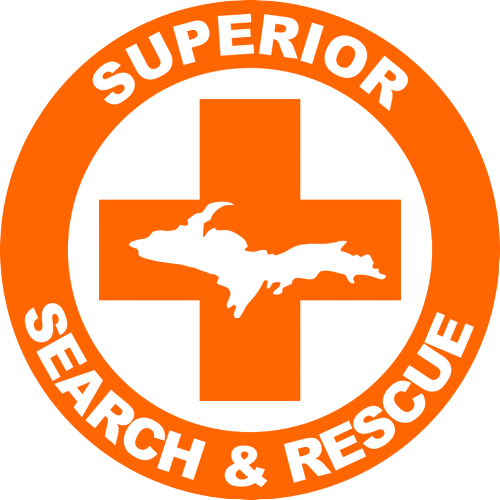SSAR Training - Phase I
Physiology and Fitness
Being able to work comfortably in the great outdoors means understanding what happens to the human body under certain conditions. Biological processes have a profound impact on survivability. Being aware of these processes could mean the difference between life and death.
Safety in SAR Environments
Awareness of the hazards faced during search and rescue operations will improve personal safety and survivability. This lesson will familiarize the reader with the most common hazards.
Planning Ahead
Search and rescue operations can take place at any time of day, in any season, under any weather condition. With that in mind, it is of vital importance to prepare for a multitude of scenarios and adjust equipment to meet the needs of the operating environment.
Wearing for the Weather
There is an old adage that goes something like, "there is no bad weather, just bad clothing." Being properly dressed for the weather can make or break an outdoor experience. This section will cover the basics of clothing and how to dress appropriately for the conditions.
Foot Travel
The core of land search and rescue operations revolves around technicians on foot. Being able to walk comfortably on a trail is different than meticulously searching an uninhabited wilderness area. This section will discuss several unique aspects to ensure comfort, optimal speed, and a degree of safety while conducting SAR work.
Survival and Improvisation
Those who conduct Search and Rescue operations must be able to take care of themselves, their teammates, and potentially a person(s) in need of rescue, under difficult conditions. It may mean taking action when one's very existence is in danger. These situations may happen in remote isolated areas, or in times when weather or terrain conditions prevent additional resources from arriving. In any case, it is crucial to establish an effective, rational response to any survival situation.
Maps
Nothing helps you find your way better than a well-created map (with the caveat that it must be interpreted properly). This lesson will help you become better acquainted with map reading basics.
Compass
For over two thousand years, this simple tool has been guiding humans through a multitude of scenarios. Learning to use one is an important and life-saving skill.
Navigation
When map and compass skills are combined with fitness and foot travel, the result is navigation. Search and Rescue operations will not succeed if operators are unable to successfully navigate between two points. The following lesson will cover basic navigation skills.









